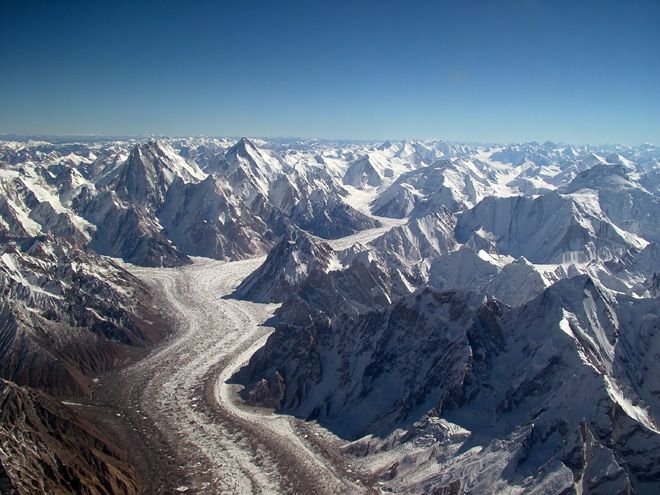
How the Mountains Begin?
The Earth’s crust is divided into 17 huge plates called tectonic plates. Tectonic plates are in constant movement, because they rest on the magna underneath. These plates slide one against the other, they collide, they move apart. These movements, as well as causing earthquakes, volcanic eruptions and the Continental Drift, led to the formation of mountain chains.
When two plates press one against the other, the Earth’s Crust is pushed up towards the top and forms mountain chains in ‘folds’. But when the Crust breaks along cracks or fault lines’, great blocks of rocks are thrown up and form mountain chains in ‘blocks’
Block Mountains
A mountain formed by natural faults in the earth's crust.
Block mountains are caused by faults in the crust. When rocks on one side of a fault rise relative to the other, it form a mountain. The uplifted blocks are block mountains. The intervening dropped blocks are termed graben, these can be small or form extensive rift valley systems.
The Sierra Nevada in North America is a 'block' mountain chain.

Fold Mountains
Fold mountains are mountains formed mainly by the effects of folding on layers in the upper part of the Earth's crust. They are formed when two plates move together.
There are two types of fold mountains: young fold mountains 10 to 25 million years of age and old fold mountains over 200 million years of age.
The Himalayan Mountains were formed by a collision betwwen the plates of India and those on which the rest of Asia rests.

Shaped Mountains
Cone Shaped
When magma erupts from volcanoes and solidifies it forms an isolated mountains in the form of a cone.
Dome Shaped
When magma erupts within the Earth's Crust without escaping, then this leads to the formation of dome-shaped mountains.
Interesting things about mountains
- The highrest mountain is Mt.Everest: 8848 meters above sea level.
- Rheinhold Messner was the first mountaineer to climb all 14 mountains higher than 800m without oxygen cylinders.
- The most extensive mountain chain in the world is the Andes in South America, with a length of 7200Km.
- Mountains make up about one-fifth of the world's landscape, and provide homes to at least one-tenth of the world's people.
- There are mountains under the surface of the sea!.
- The highest 14 mountains in the world are all found in the Himalayas.
- About 80 per cent of our planet's fresh water originates in the mountains.
- Because of tectonic plate movement, Everest grows about 4mm a year.
